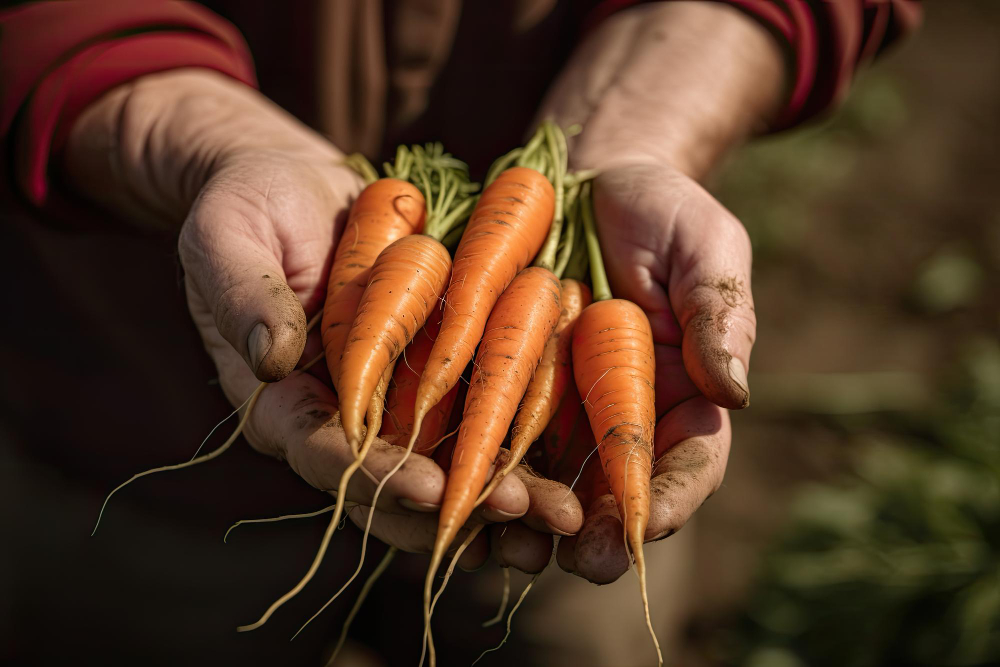Growing carrots in your garden can be a rewarding experience, offering the delight of harvesting crisp, flavorful roots right from your backyard. This comprehensive guide will take you through the essential steps and secrets of successful carrot cultivation, ensuring a bountiful and crunchy harvest.
Choosing and Preparing the Ground
The foundation of growing great carrots lies in selecting the right variety and preparing the soil appropriately. Carrots come in various shapes, sizes, and colors, each with unique characteristics and flavor profiles. Consider the type of soil in your garden when choosing a variety. Shorter, chunkier types are well-suited to heavy soils, whereas longer varieties thrive in loose, sandy soils. Prepare your garden bed by thoroughly removing stones and breaking up clumps, as carrots prefer well-drained, loose soil. Enhance the soil with aged compost to boost its fertility and structure, setting the stage for healthy growth.
Sowing and Caring for Your Carrots
Sowing carrot seeds directly into the garden bed is recommended, as they don’t fare well with transplanting. Plant the seeds thinly and at a shallow depth to ensure proper germination. Once the seedlings emerge, thin them out to prevent overcrowding, which can lead to underdeveloped or oddly shaped carrots. Regular and consistent watering is crucial for carrot development. Strive for even soil moisture and avoid over-watering to prevent root diseases. Mulching can be a beneficial practice, helping to retain soil moisture and control weed growth.
Dealing with Pests and Harvesting
Carrot cultivation can attract pests like the carrot fly; employing protective measures such as floating row covers can effectively safeguard your crop. Practicing crop rotation and maintaining good garden hygiene are proactive steps to prevent fungal diseases. The perfect time for harvesting carrots is when they’ve reached your desired size and exhibit a deep, vibrant color. Harvest by gently loosening the soil around the root and pulling the carrot out carefully, minimizing damage to the vegetable.


Leave a Reply